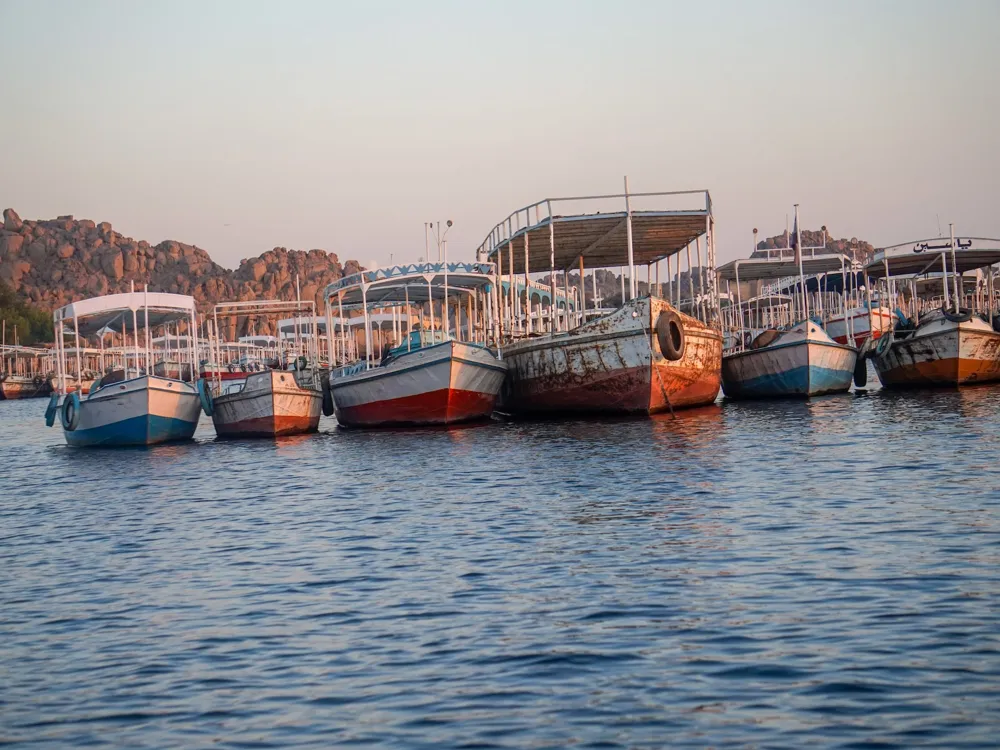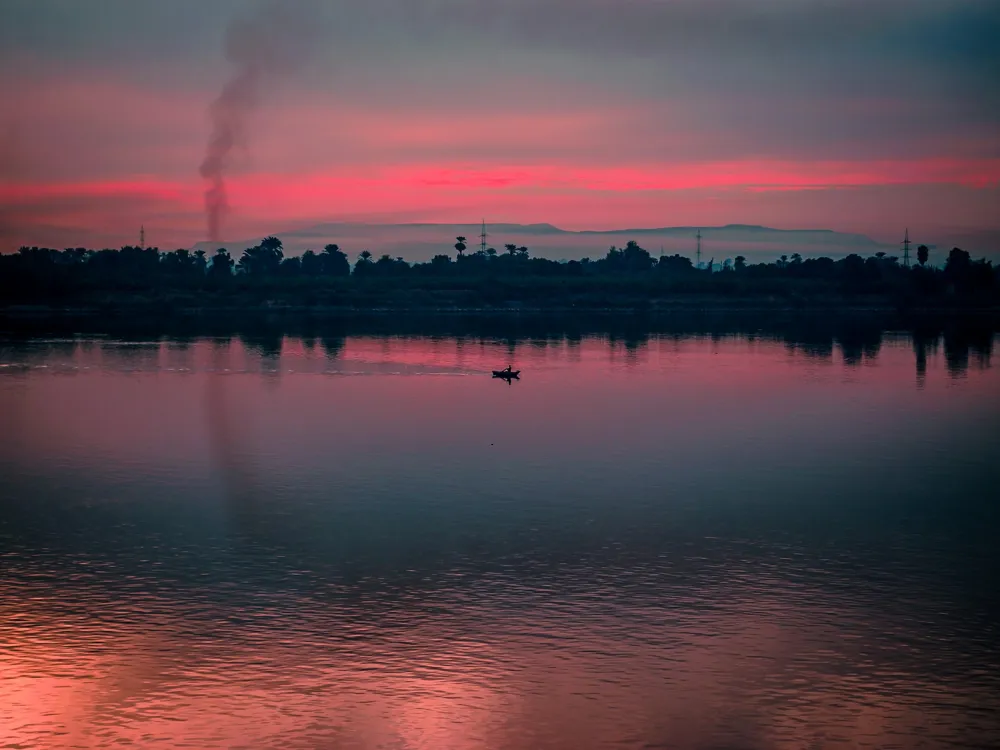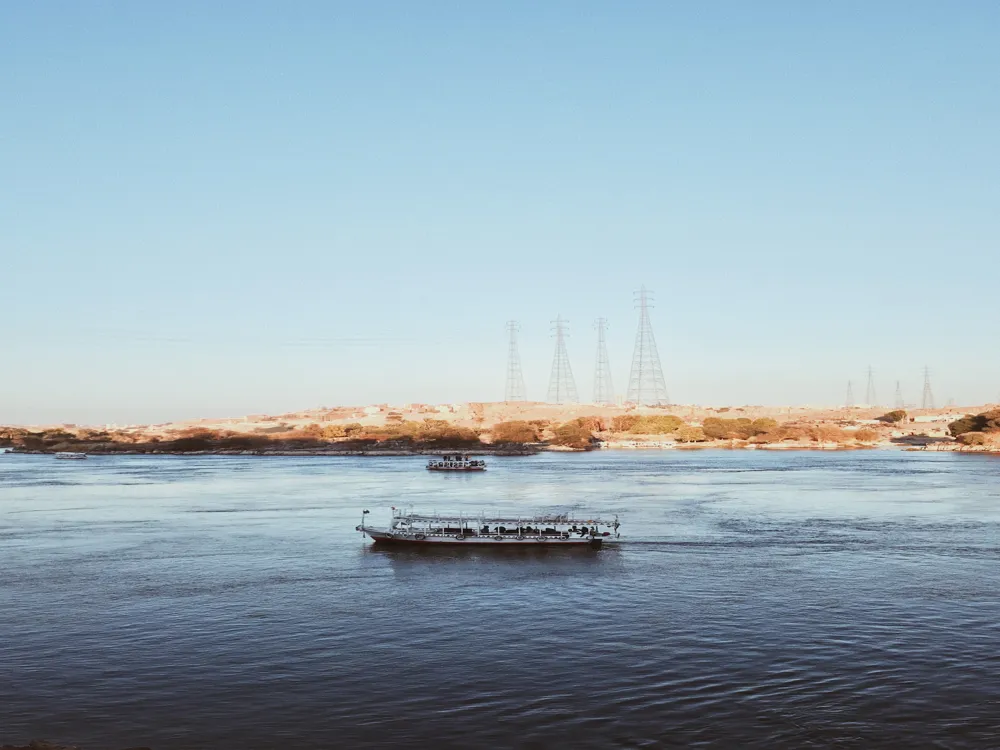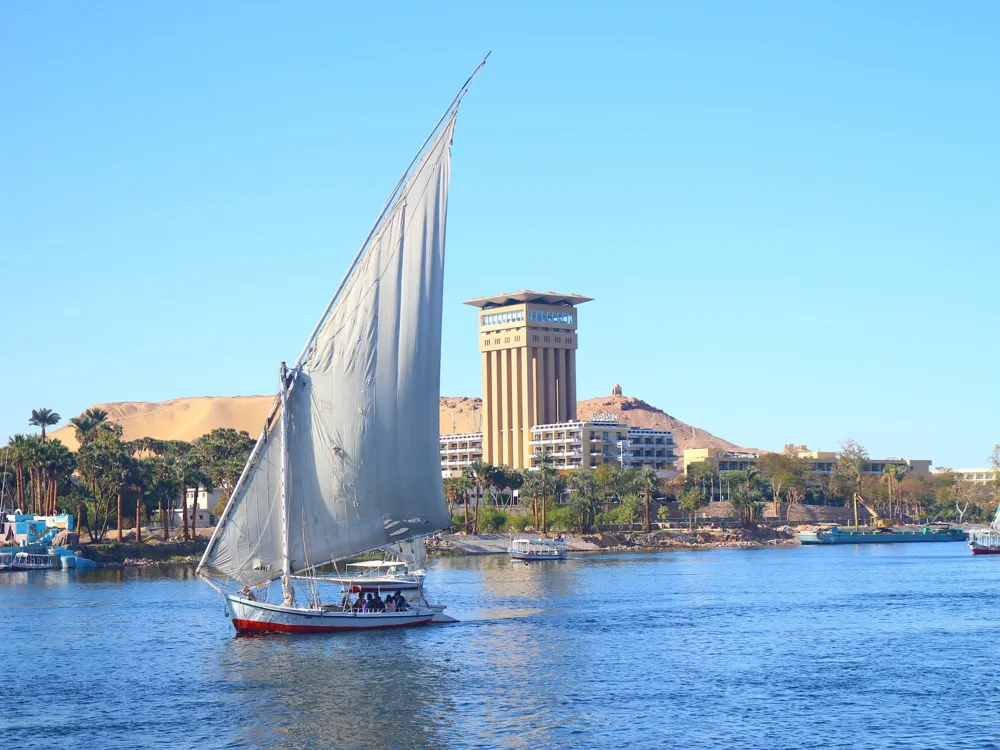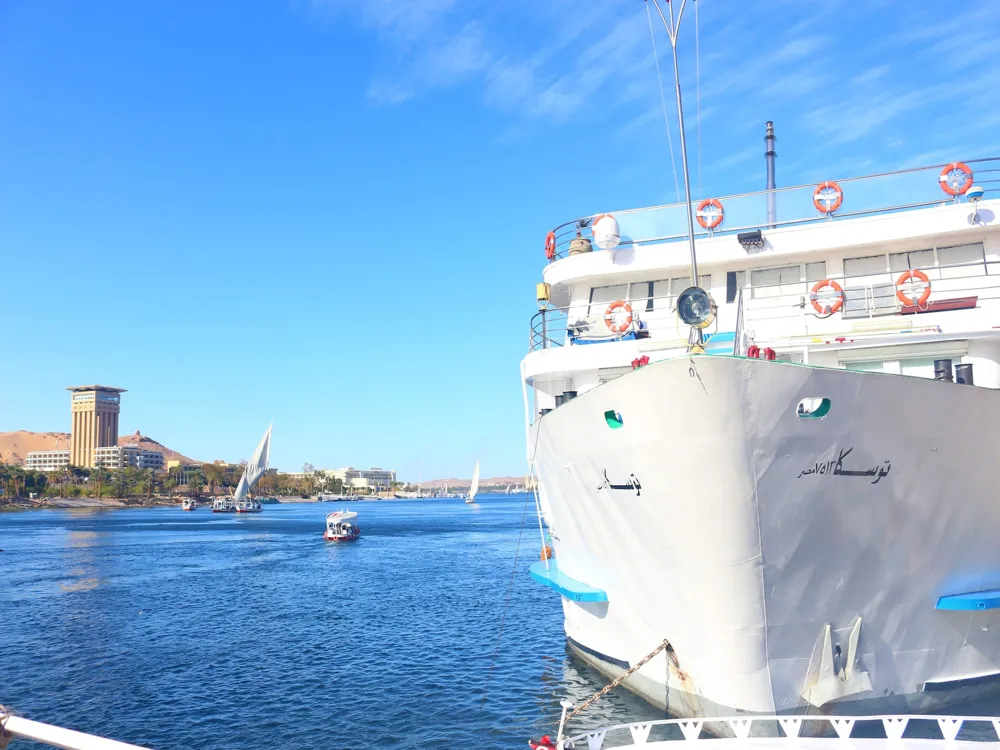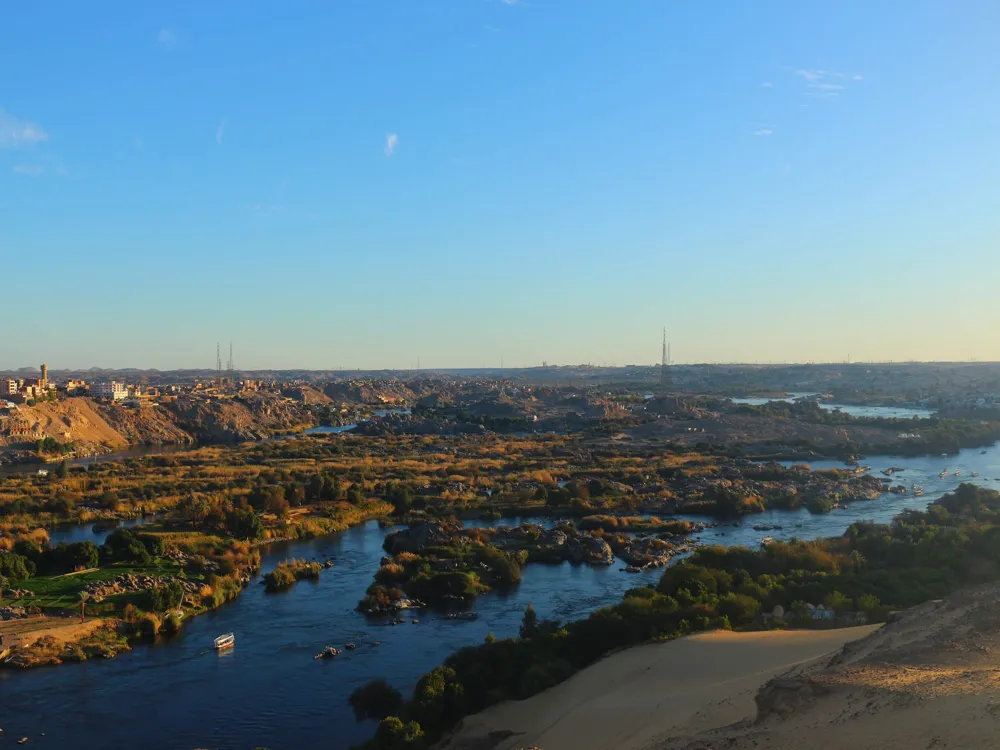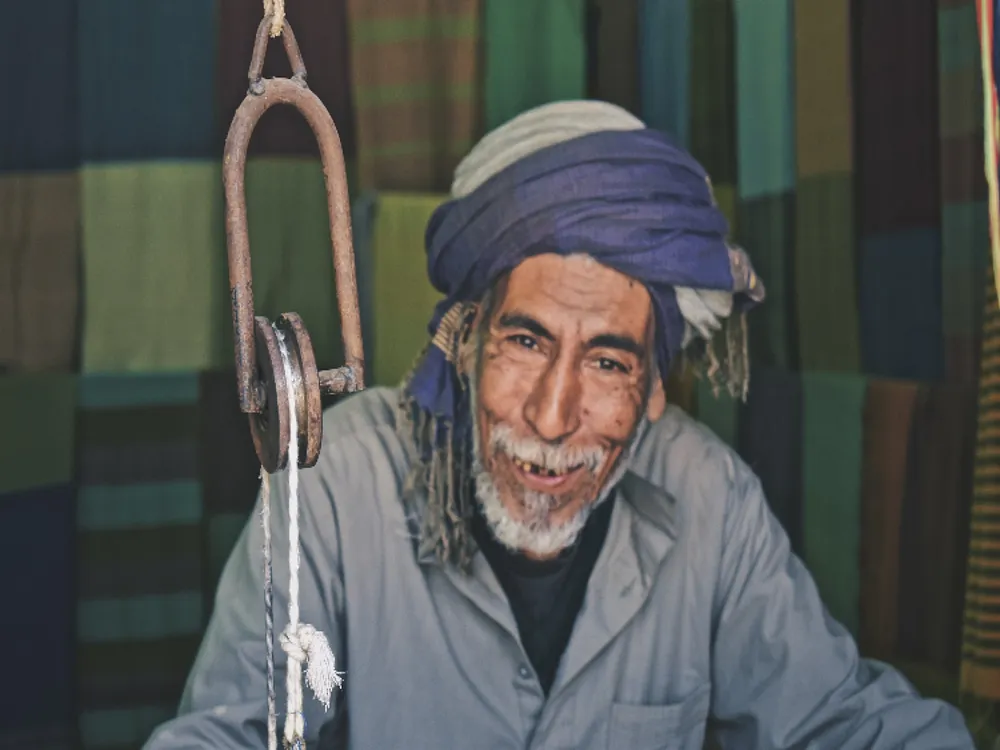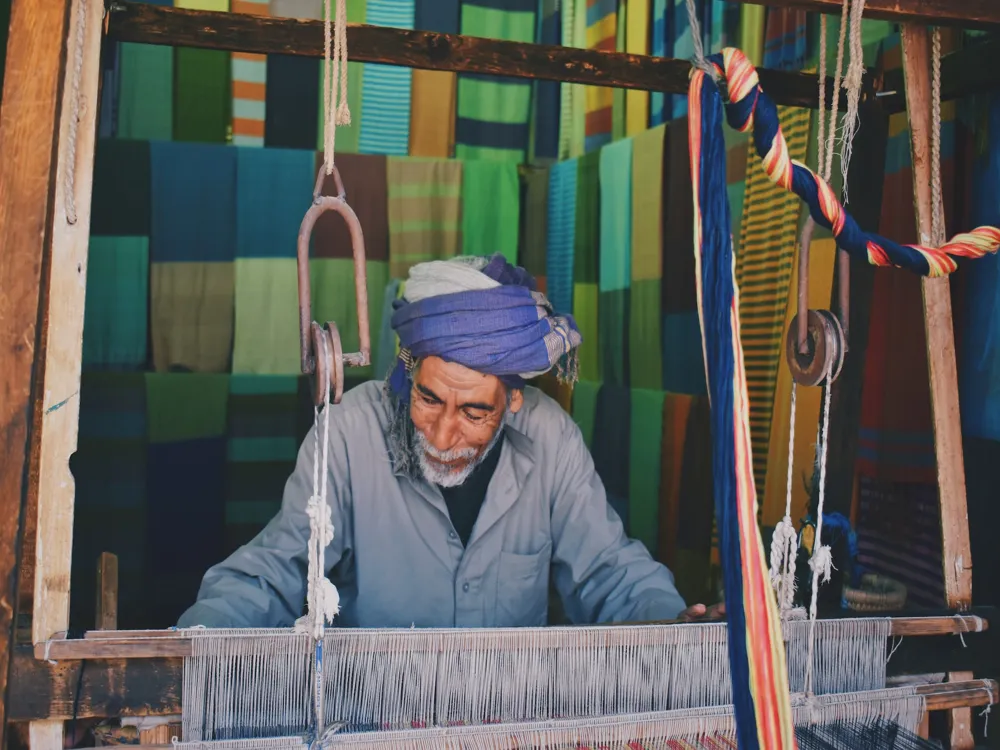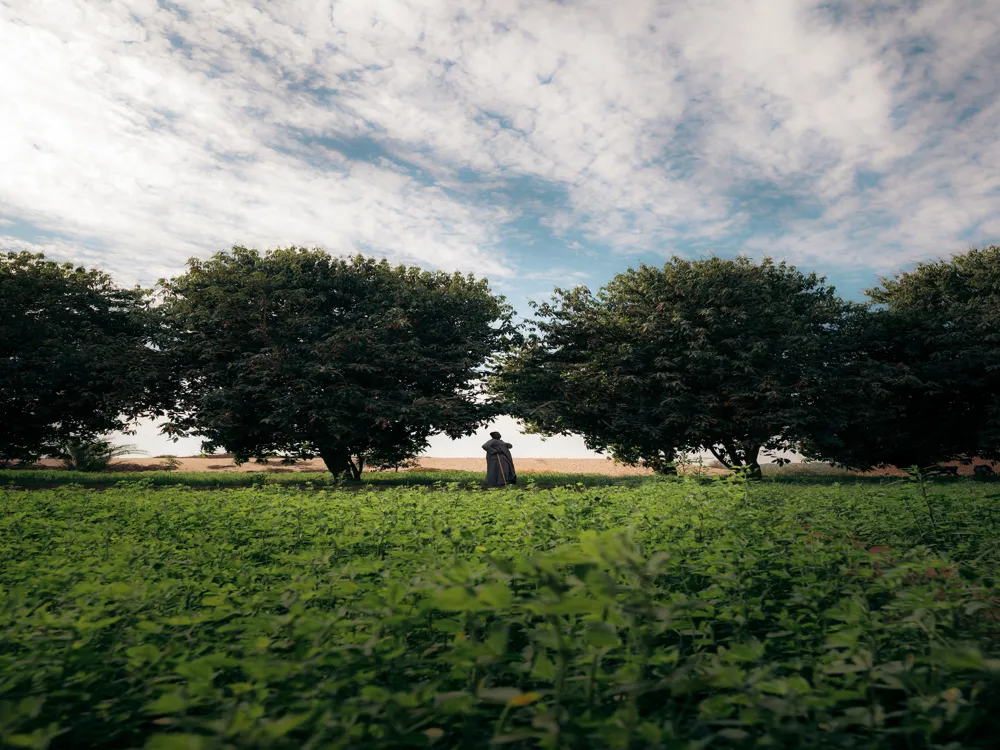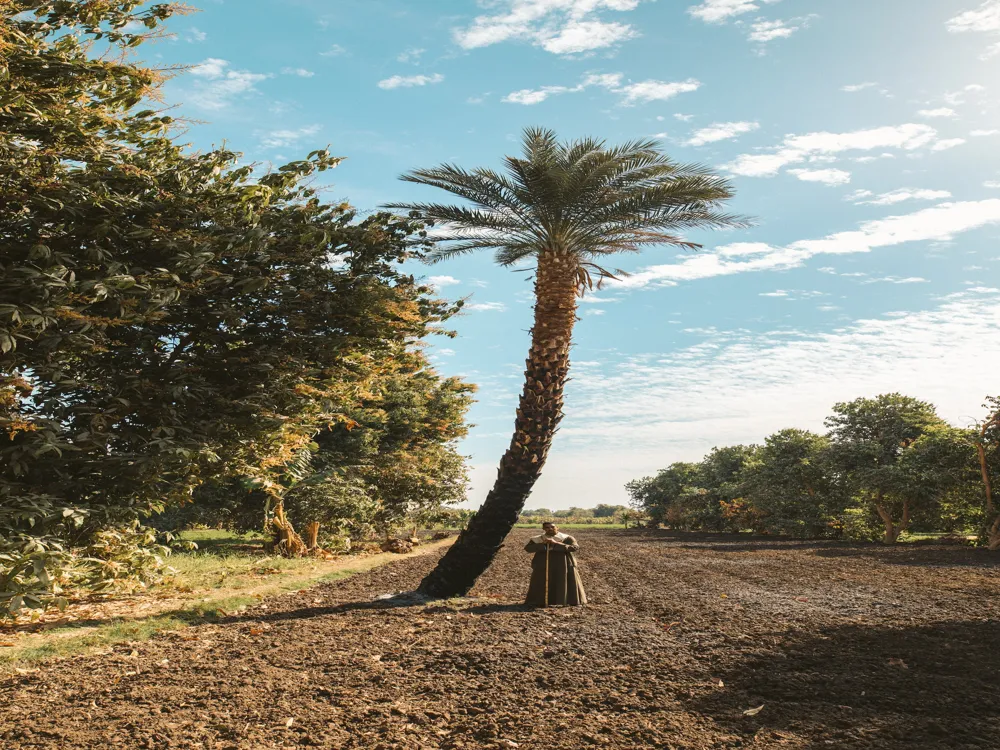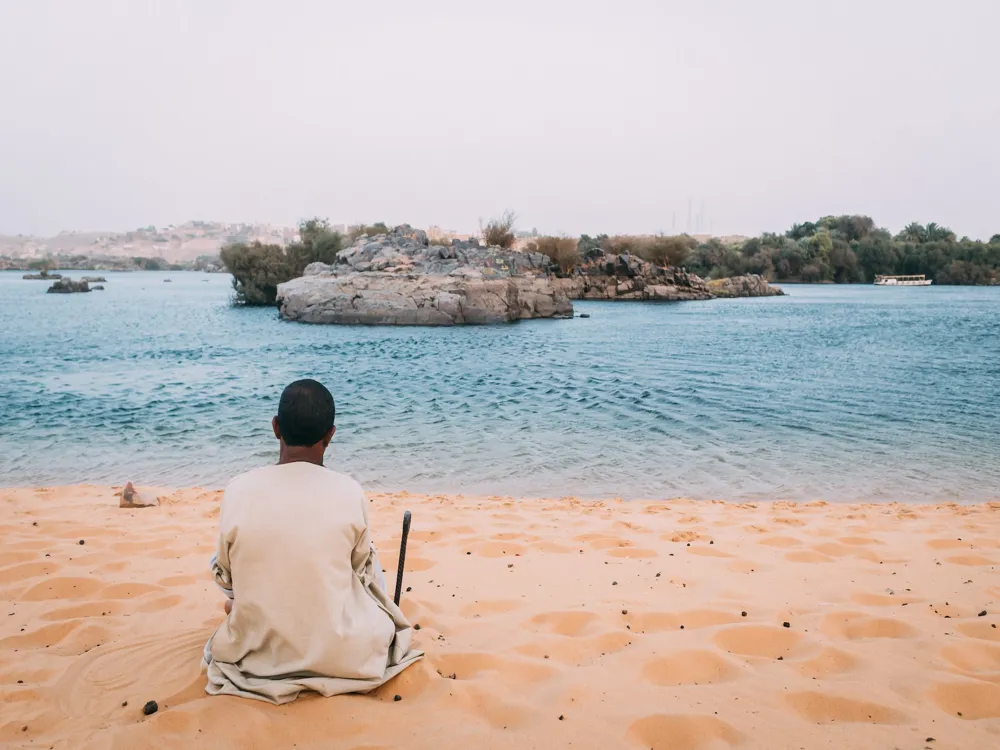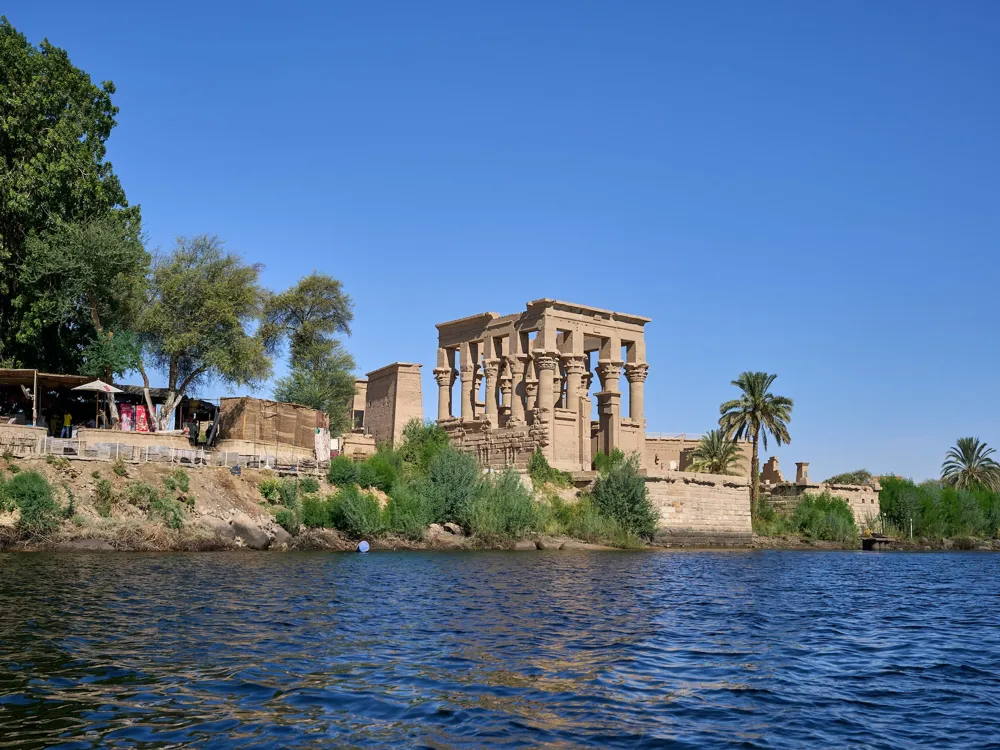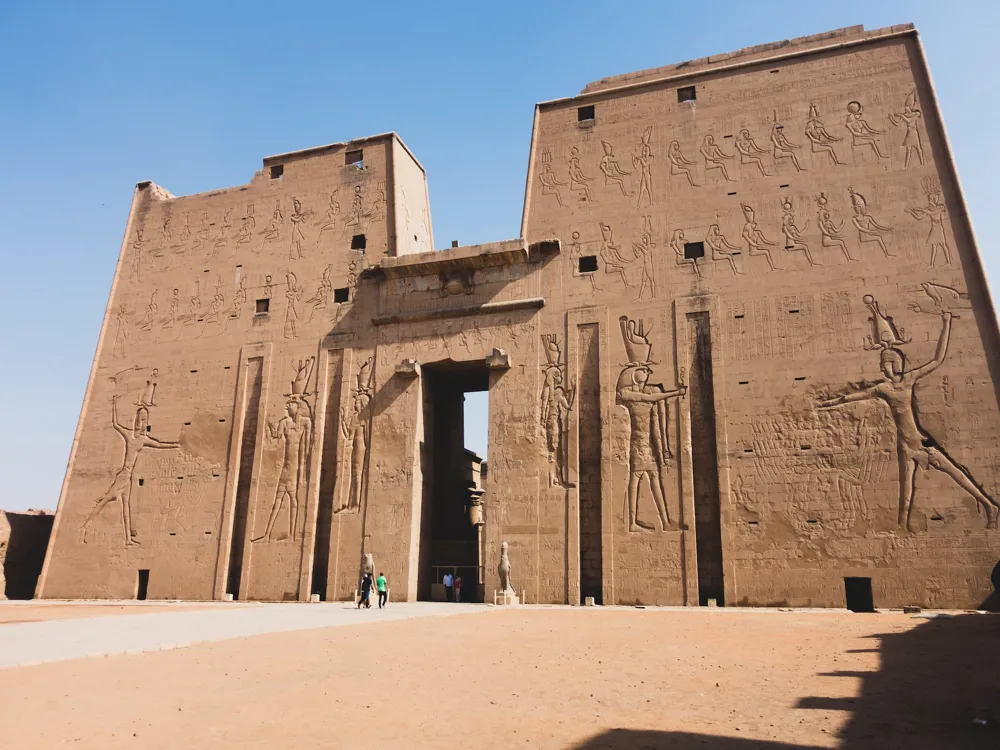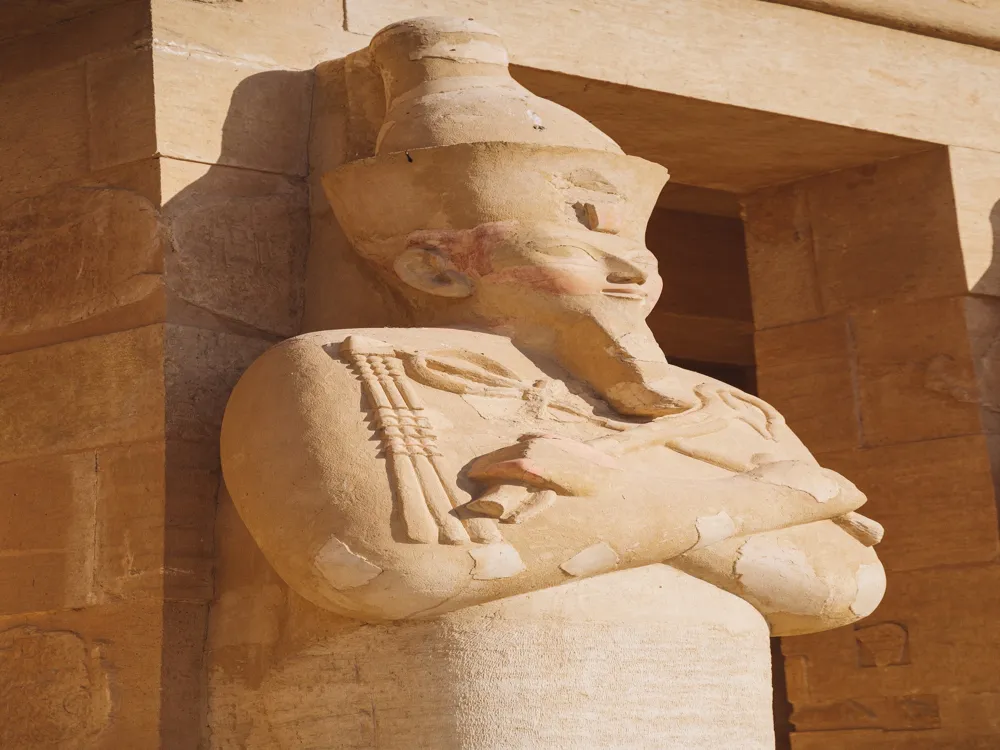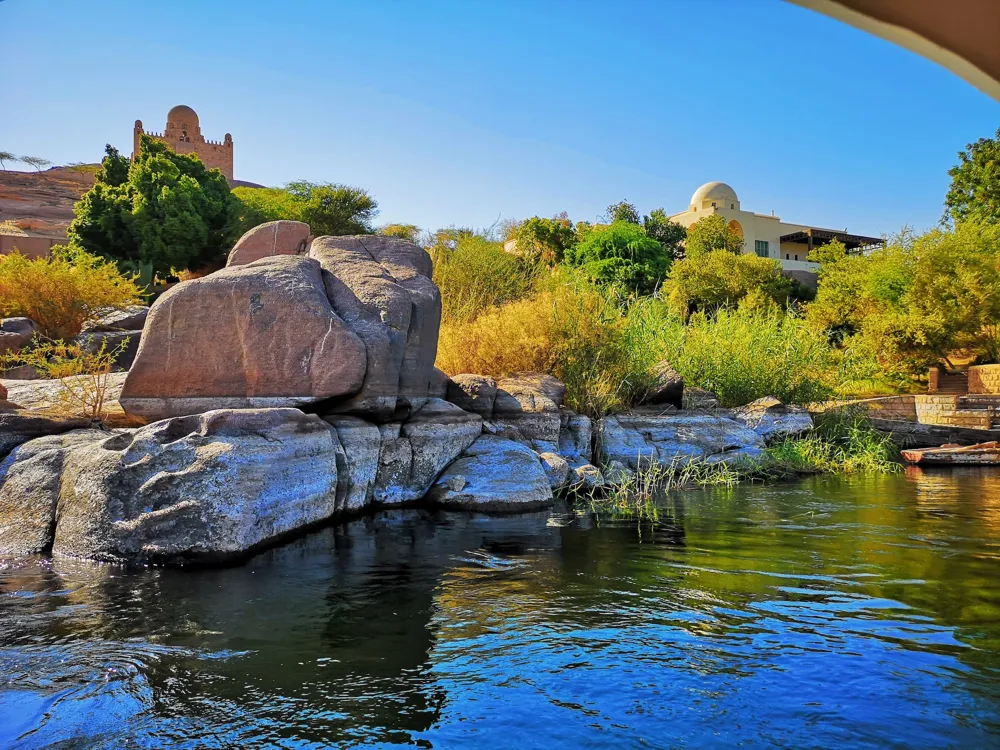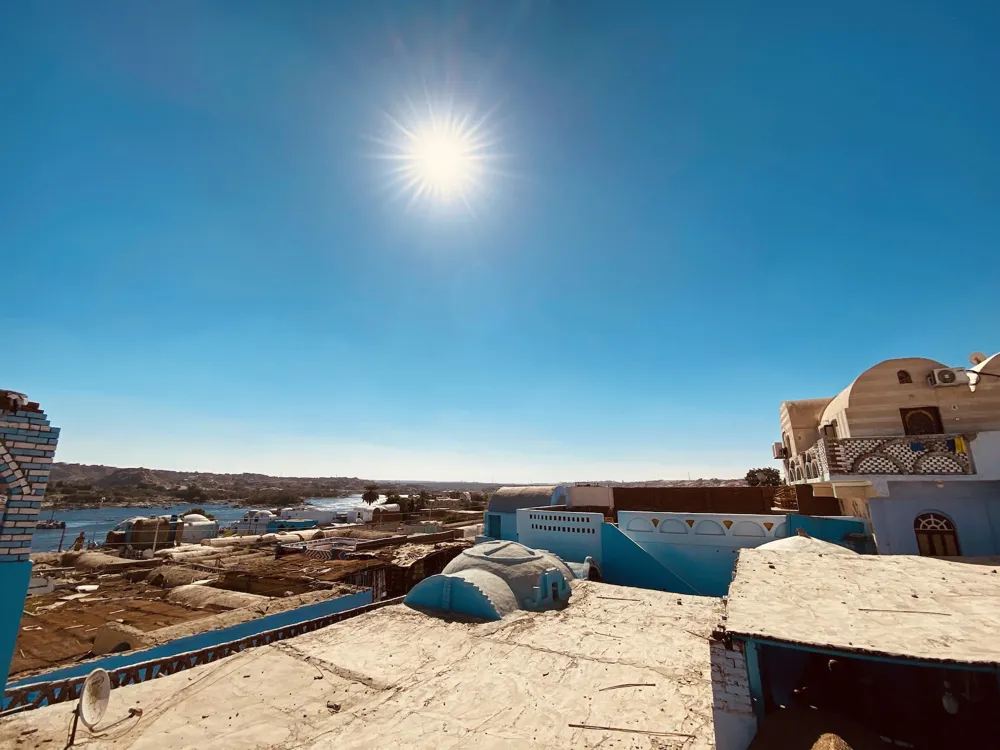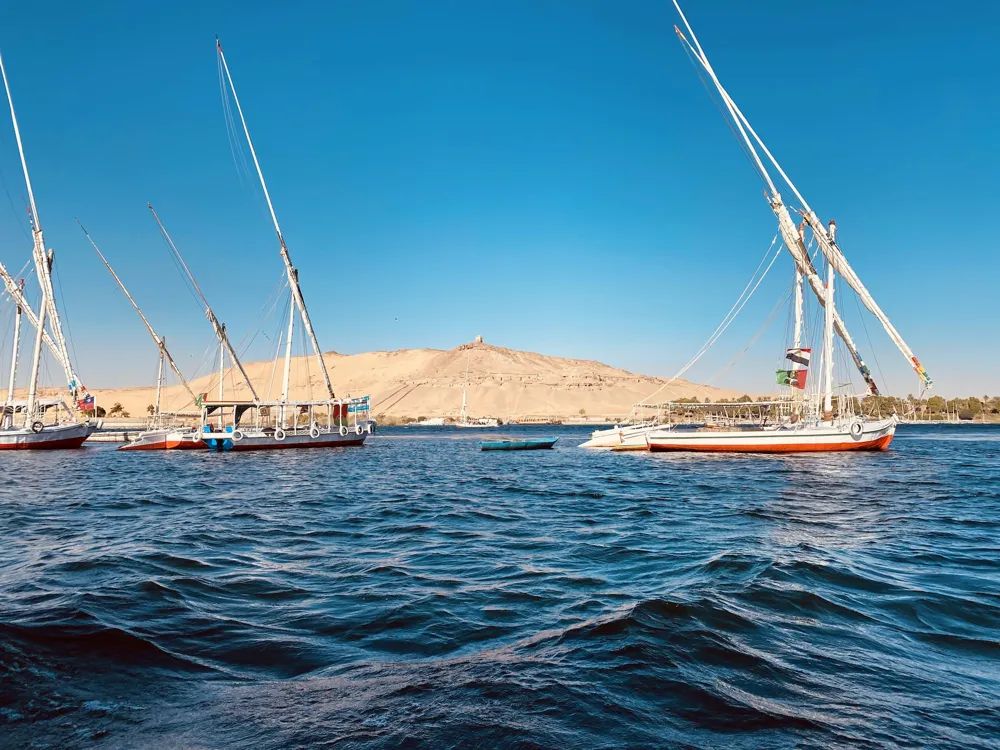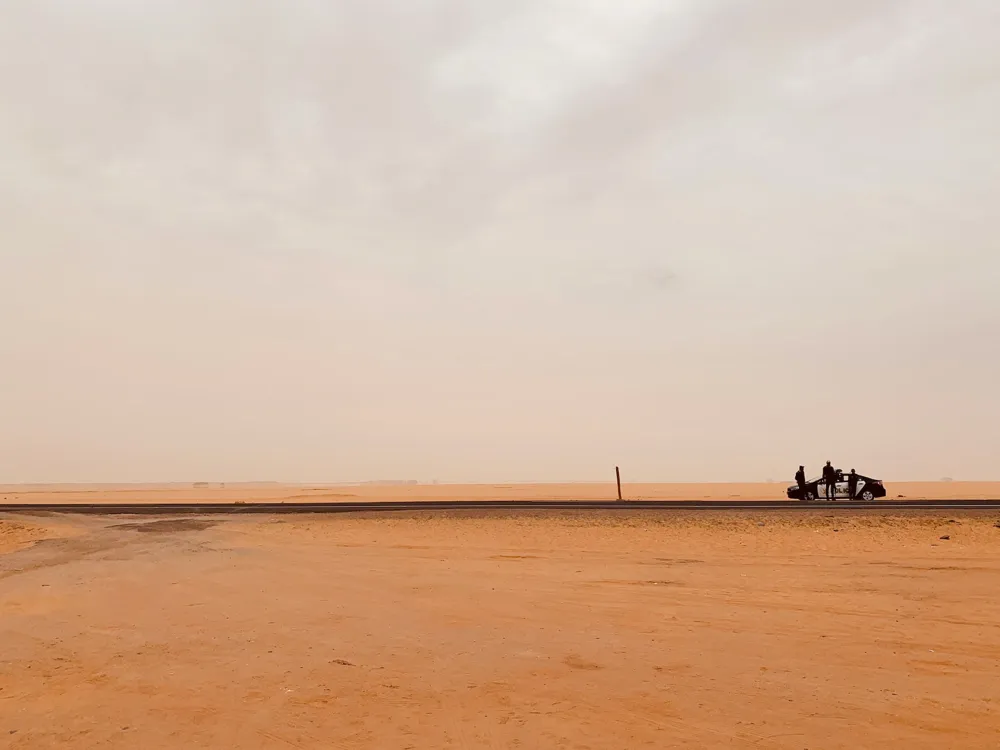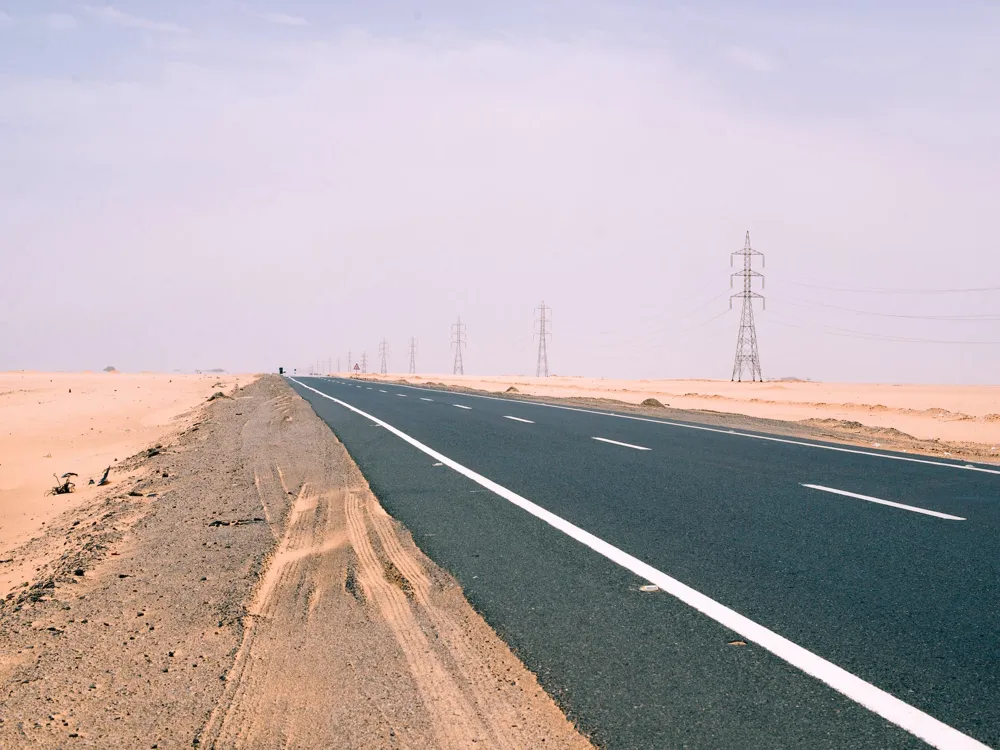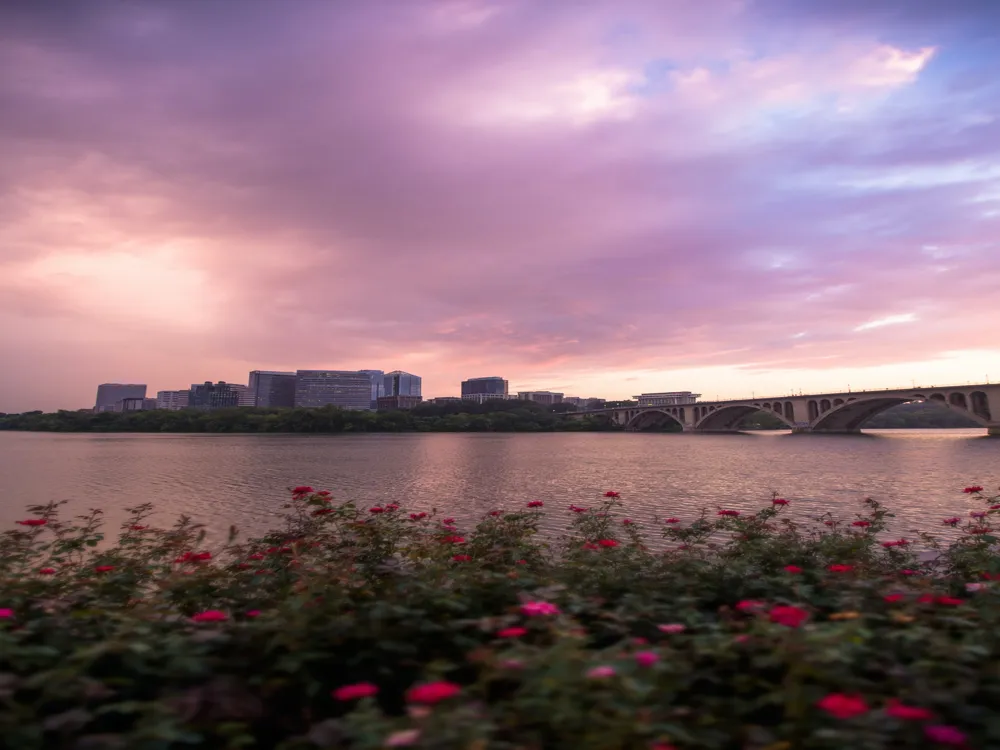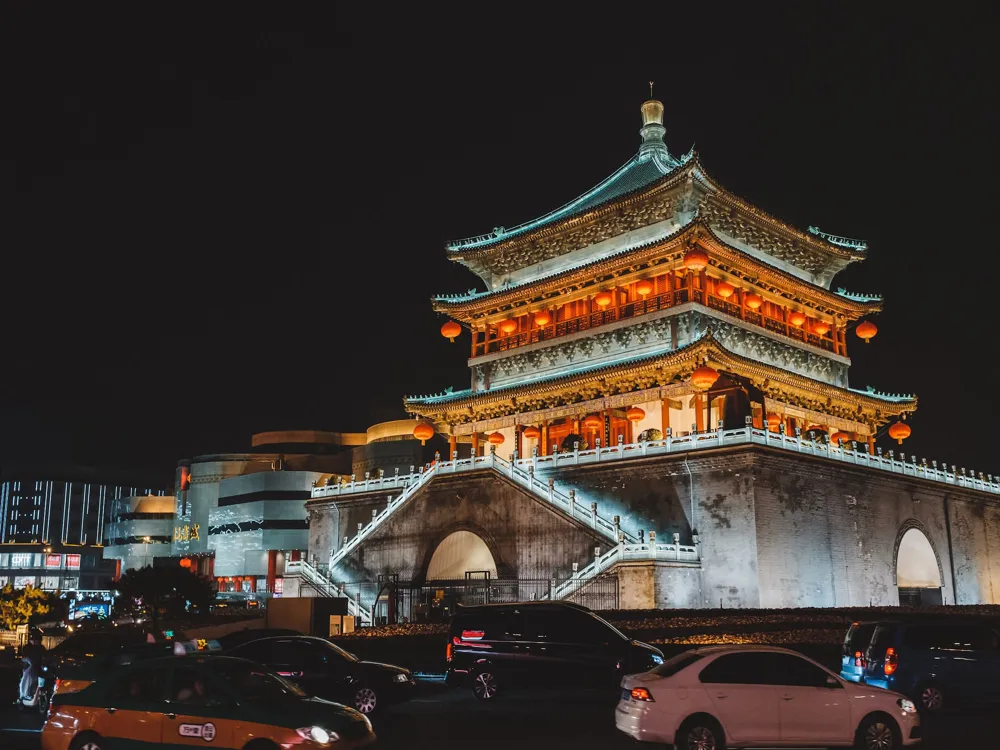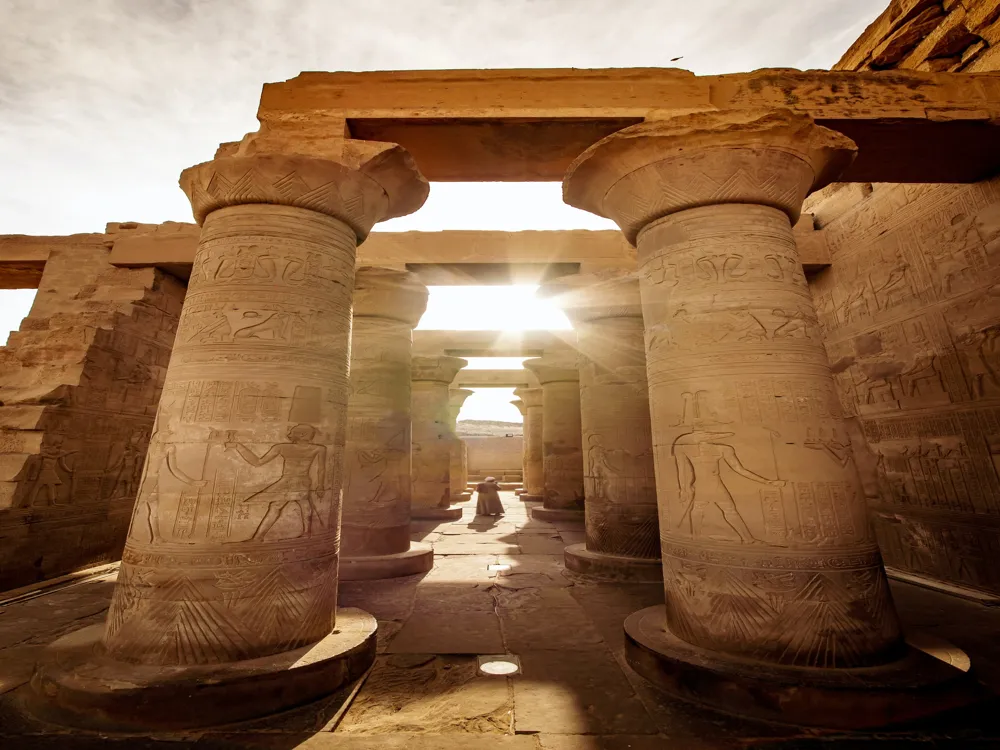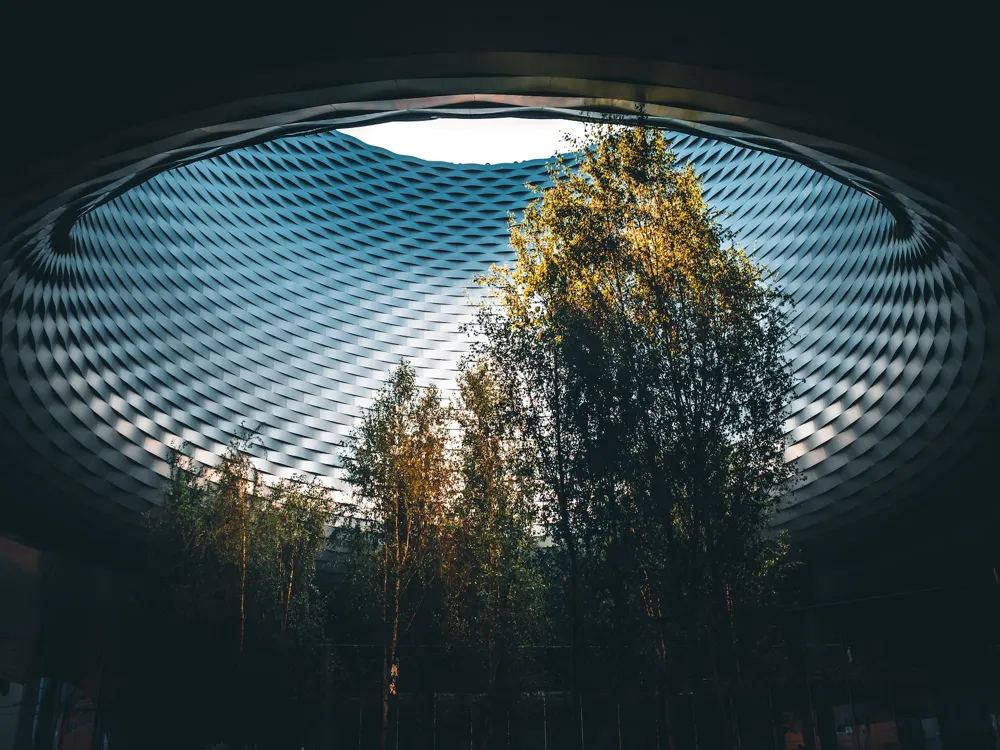Plan Your Travel To Aswan
Places To Visit In Aswan
Camel Trek on Aswan's West Bank
The western bank of the Nile provides a dramatic contrast between the mighty desert and the lush green surroundings of the river, making it an ideal spot for camel-back rides. It is one of the best ways to travel between the Tombs of the Nobles and the Monastery of St. Simeon. Camels can be hired from the ferry landing at the Tomb of the Nobles. It is best to do it early morning to avoid the heat.
Temple of Apollo Portara
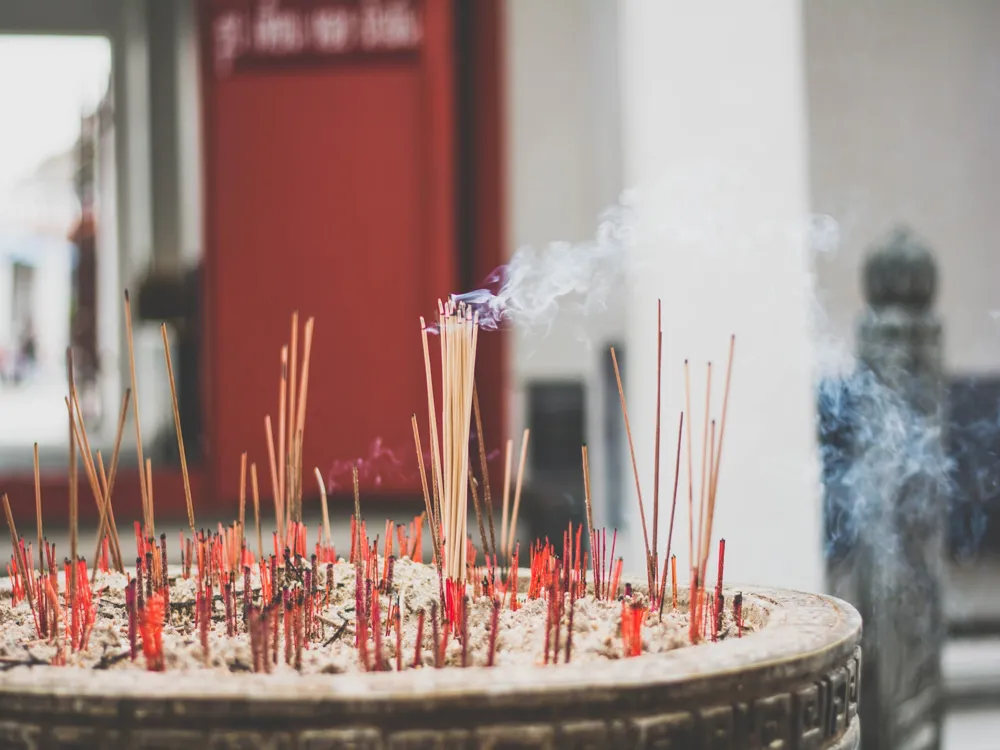
The temple of Apollo Potara is nestled in the islet of Palatia at the entrance of the Port of Naxos. Built in the 6th century BC, the temple symbolizes the island's cultural history. The unfinished temple faces Delos and is considered the birthplace of the Ancient Greek God Apollo.
The temple is made up of two parts: the pronaos, which is the porch, and the naos, which is the main room. The pronaos comprises four Ionic columns, while the naos is a rectangular chamber with two more Ionic columns.The massive monumental doorway, a prominent window with references to Greek mythology, and some of the foundation are the only components of the building that are still standing. Despite its age, the temple is surprisingly well-preserved and an impressive sight.
Read More
Aswan Botanical Garden
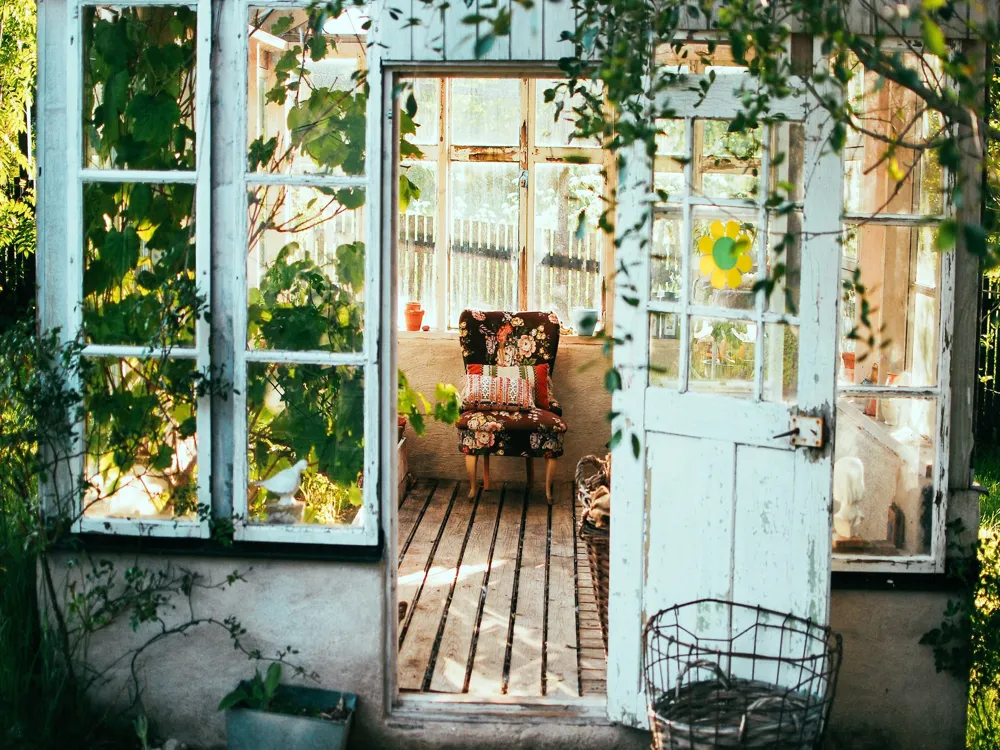
Nestled in Kitchener Island, towards the west of Elephantine Island, are the Aswan Botanical Gardens. Spread across 17 acres, it makes for a perfect picnic spot creating a unique blend of the panoramic views of the River Nile and the desert and is an excellent spot for bird-watching. The only way to reach here is by boat; either take a public ferry that runs for both Aswan, Elephantine Island, and Kitchener's Island or hire a private felucca.
These botanical gardens offer a unique ecosystem covering almost the entire region, making them an important center for botanical research. The gardens span 6.8 hectares and are home to hundreds of different species of plants and birds.
Read More
Aswan High Dam
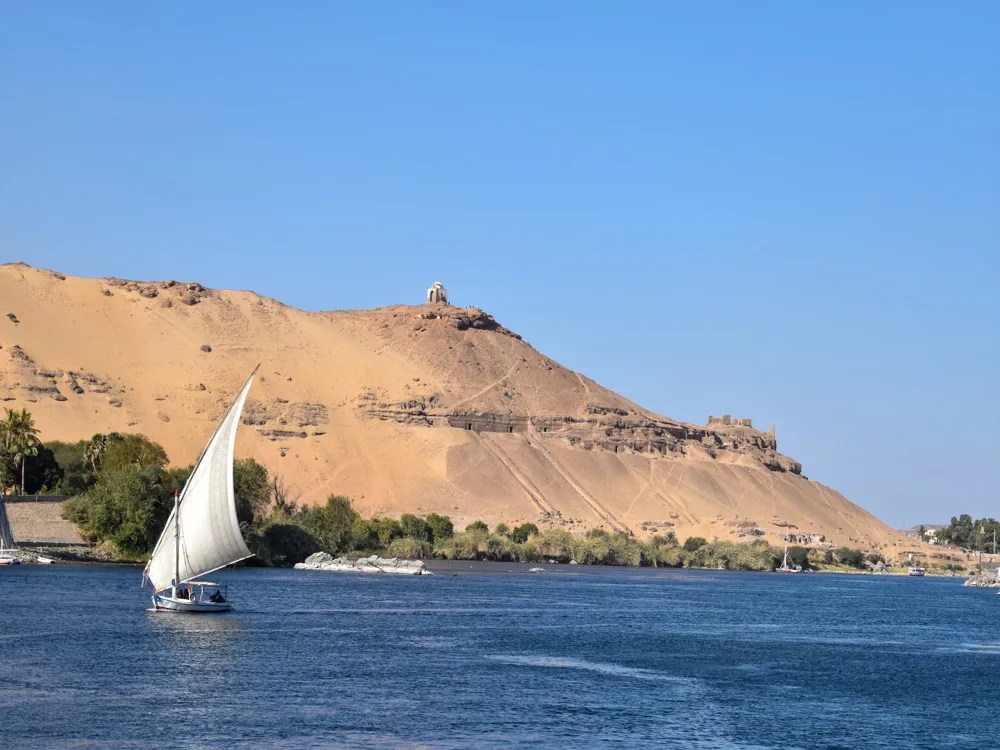
The Aswan High Dam, one of the largest embankment dams in the world, was constructed across the Nile in Aswan in 1970. It has been regarded as an engineering marvel. It was built to create Lake Nasser, one of the largest artificial lakes in the world. At the top of this dam, one can watch the panoramic views of the lake contrasting with the vast sandy desert.
The Aswan High Dam has had a significant positive impact on Egypt's economy and flood control. Its material content is 18 times that of the Great Pyramid of Khufu.
Read More
Aswan Souq
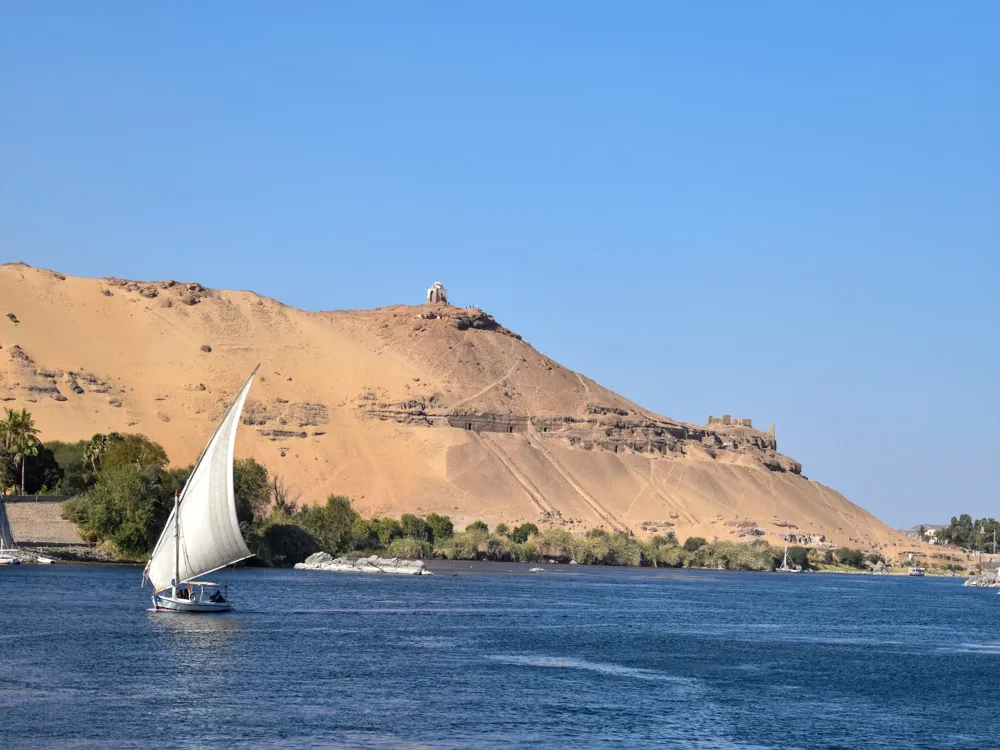
Also known as Sharia as-Souq, the bustling Aswan Souq offers many Egyptian and African souvenirs. Located four blocks from the Nile, this Souq offers a wide range of stores selling cheap Nubian souvenirs like Pharaonic statues, swords, hand-crafted wooden artefacts and beaded galabiyyas. Running across seven blocks, this market is much frequented by tourists and remains a local favourite.
Day Trip to Abu Simbel
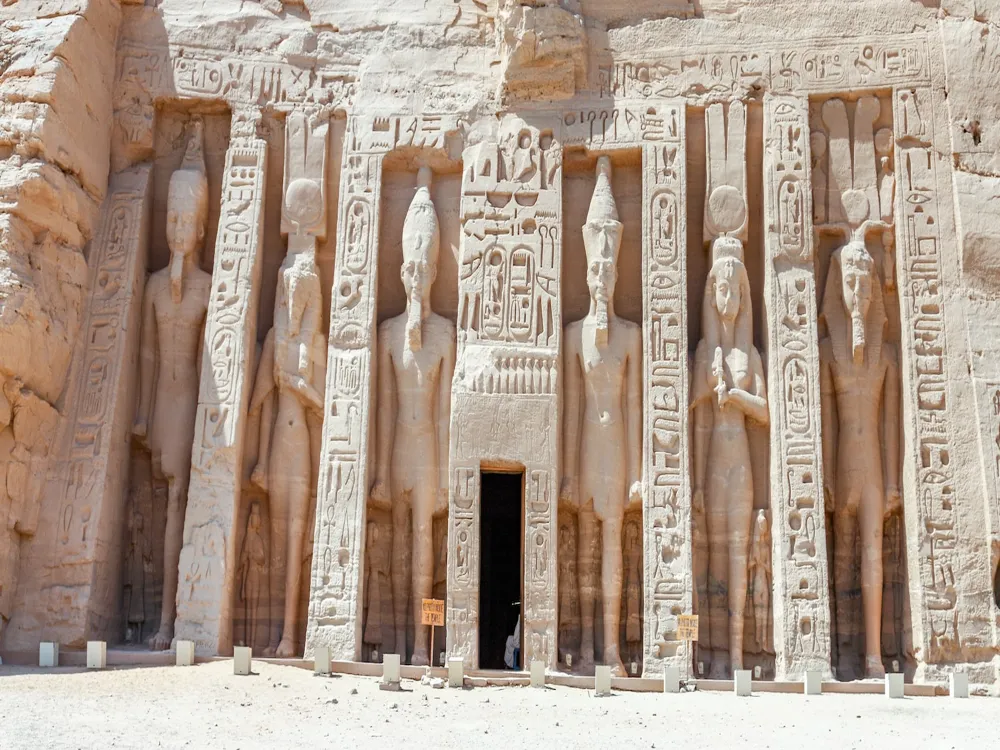
Abu Simbel complex makes for an excellent day-trip location. Abu Simbel is a complex housing two temples, the Great Temple of Ramses II and the Temple of Hathor. It is a 4-hour trip and hiring a taxi from Aswan to Abu Simbel will cost anywhere between TRY 700- 850.
Ramses II, one of Egypt's most celebrated emperors, built the temples at Abu Simbel about 3000 years ago, in 1244 B.C. He built both temples, the larger of which is devoted to him and the smaller of which is dedicated to his first wife, queen Nefertari, on the right.
Read More
Elephantine Islands
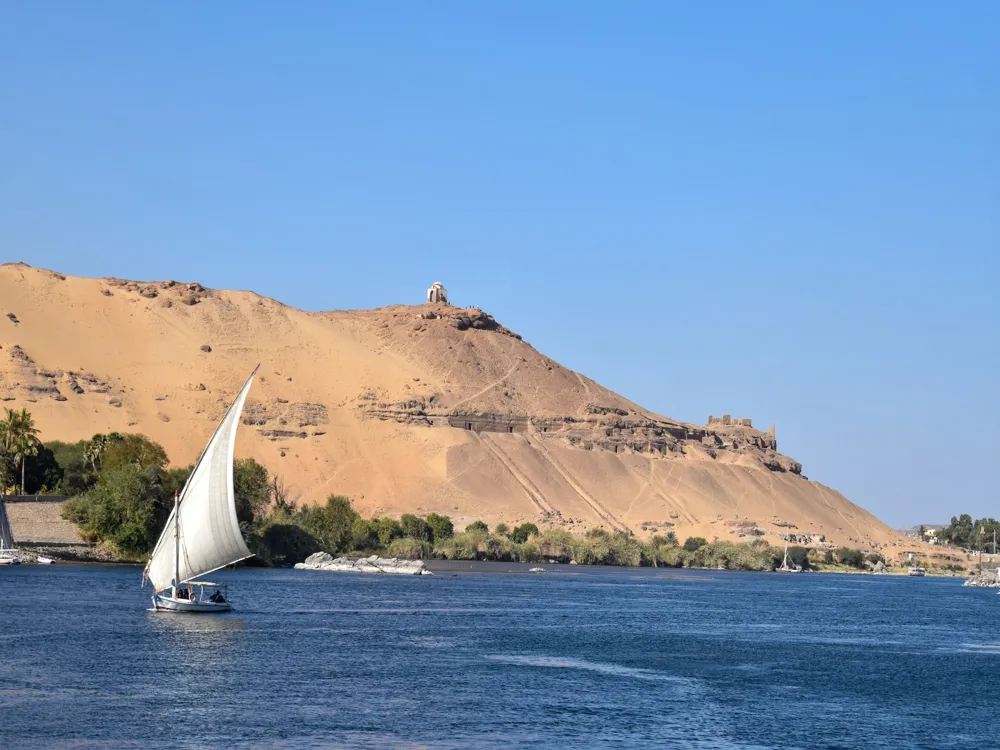
Elephantine is one of the largest islands, located on the west bank of the Nile River. This UNESCO World Heritage Site is often visited for its enchanting beauty and archaeological heritage. Elephantine Island can be reached by ferry or via a felucca from the Aswan river bank.
An enormous temple dedicated to Khnum, the ram deity of the cataract region, Sati, his wife, and Anuket, the goddess of adjacent Sehel, were constructed there by the pharaohs of the 18th and 19th dynasties. The Old and Middle Kingdom shrine is to the north of the island. Elephantine served as the first capital of the Upper Egyptian Nome. Along with an old Egyptian culture, it has beautiful historical strata. Elephantine Island got its name because it looks like a standing elephant in the sea or, as some would say, an elephant's tusk.
Read More
Gebal Simaan
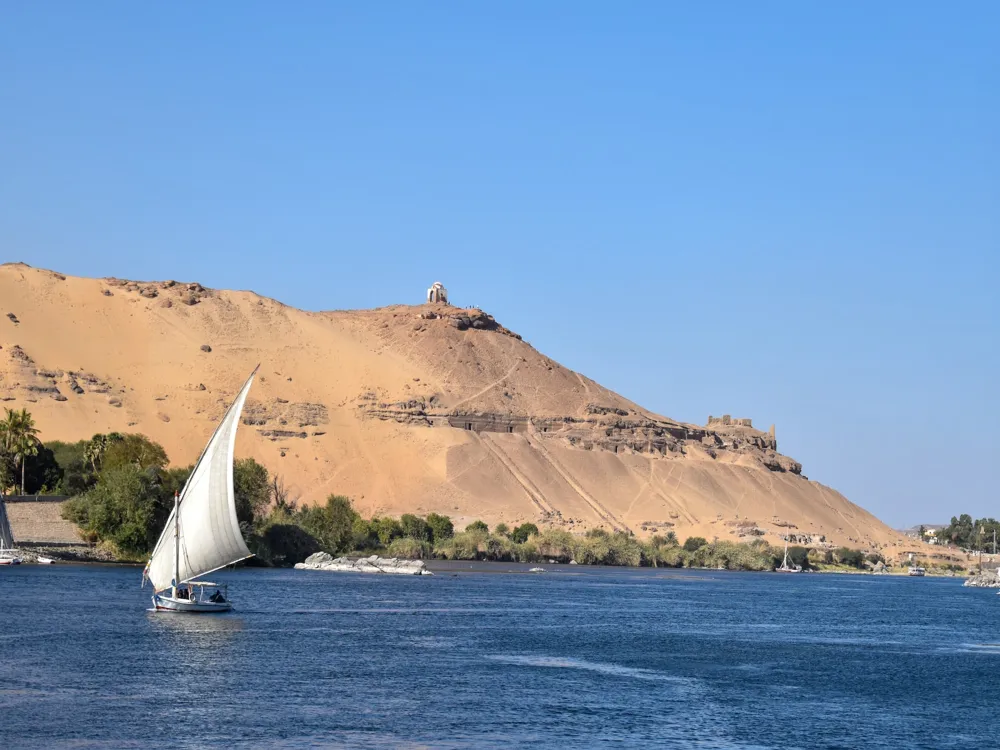
Gebal Simaan is an ancient archaeological site in Aswan, within the Western Quarry, located near the border with Syria. Considered to be an off-beat place in Aswan, the site comprises several giant megaliths believed to have been used for various purposes. Since there are no roads in this area, you can take a camel ride to get here. They can be hired at the Gharb Aswan boat landing.
It is said that they were used as a defense against invaders, while another suggests they were used to mark important religious sites. The site also includes several structures believed to have been used for rituals and ceremonies. The site, located north of Aswan, was once home to a temple dedicated to the goddess Hathor, the cow-headed goddess of love and beauty. The temple, built in the 3rd century BC, has since been swallowed up by the sand and can only be seen as ruins. The most striking feature of the site is a single temple column, which stands tall and proud amongst the dunes.
Read More
Lake Nasser Temples of Kalabsha
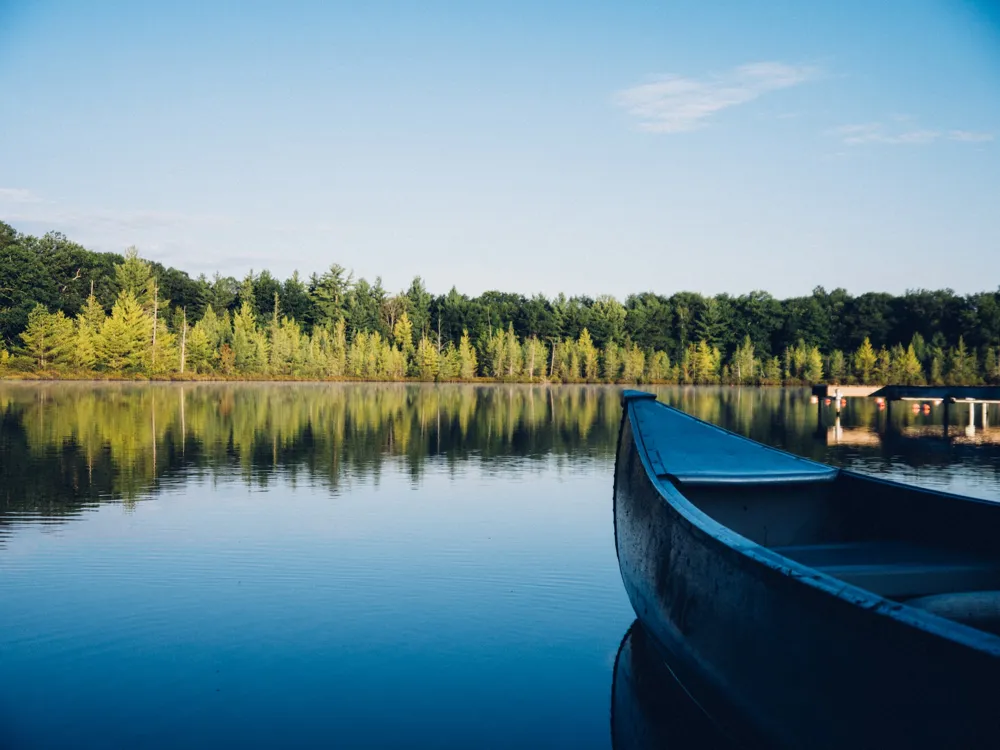
A recognised UNESCO World Heritage site, the Lake Nasser Temple of Kalabsha is one of Egypt's most magnificent archaeological sites. This temple, constructed during the Ptolemaic period, is devoted to a Nubian solar deity called Mandulis by the Greeks and Merwel by the Romans. Later, it was used as a church. Visit this archaeological site to learn more about the history of this region.
This beautiful Ptolemaic and Roman building, which looks over the High Dam, was relocated 30 miles after the High Dam was built. Since it was started and completed by two emperors, one from the Ptolemaic dynasty and the other from the Roman emperor Augustus, it has a unique combination of both themes.
Read More
Aga Khan Mausoleum
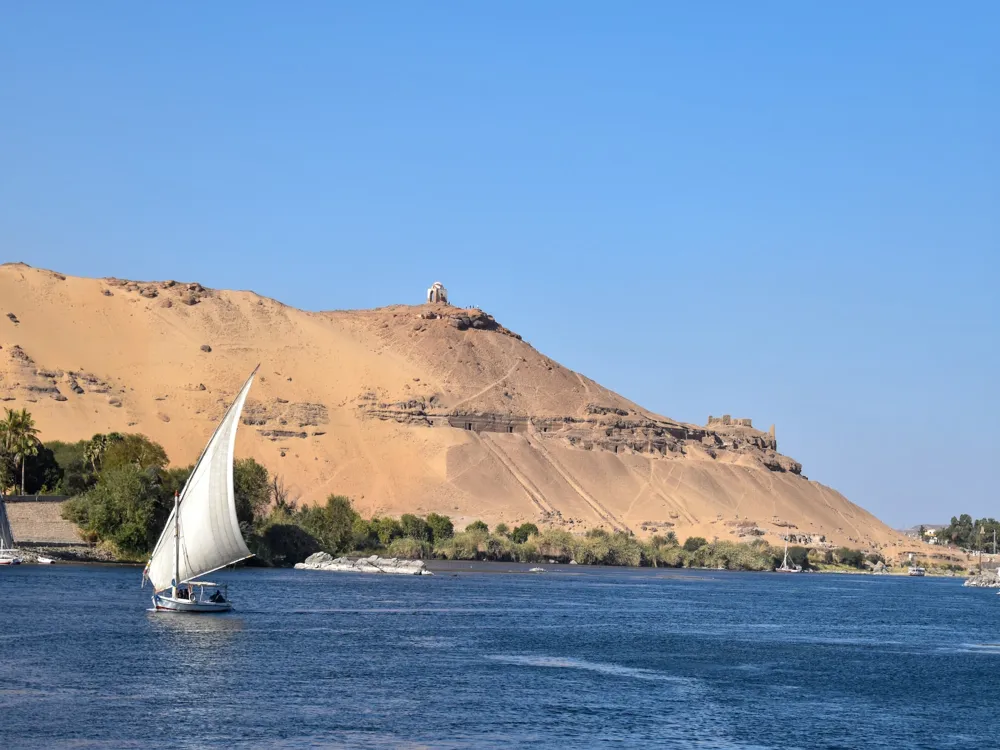
Aga Khan Mausoleum is an architectural site in Aswan, perched on a hilltop overlooking the former residence of Aga Khan III and Begum Om Habibeh Aga Khan on the western bank of the Nile. Made out of Pink Granite, this structure resembles the Fatimid tombs in Cairo and is situated next to the Monastery of St. Simeons. It is worth a visit for the serenity of the place and the amazing panoramas of the Nile and the village below.
The 48th imam of the Ismaili religion, Aga Khan is buried in the opulent Mausoleum of Mohammed Shah Aga Khan. He had a great deal of influence on the founding of Pakistan and the division of India during his remarkable life. It is said that Begum Om Habibeh Aga Khan used to devote a red rose to the Imam’s grave every day. Hence, the practice is carried out till day in memory of the couple
Read More
Aswan Travel Packages
View All Travel Packages Aswan
Nearby Places Aswan
Browse Package Collections
Browse Hotel Collections










